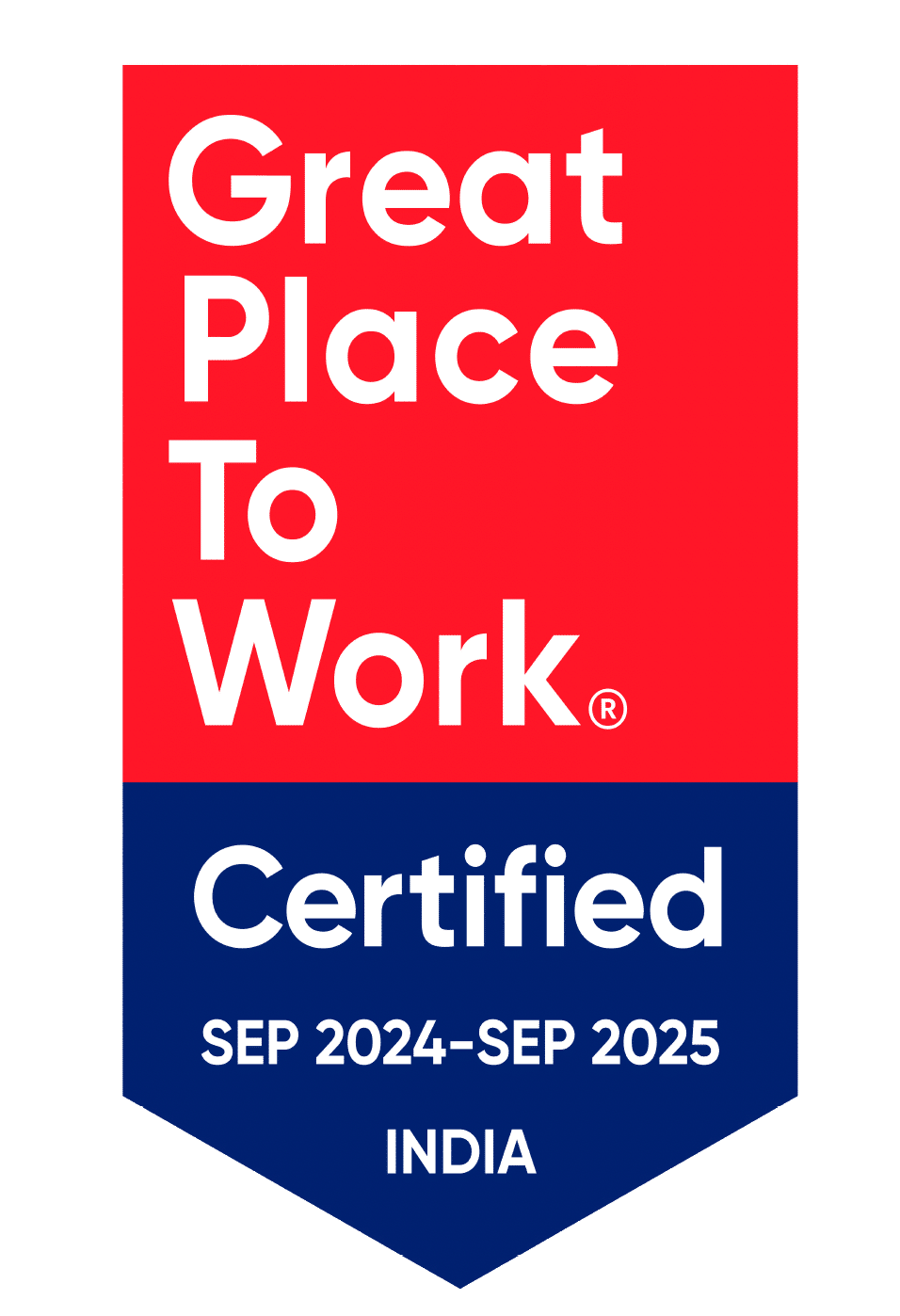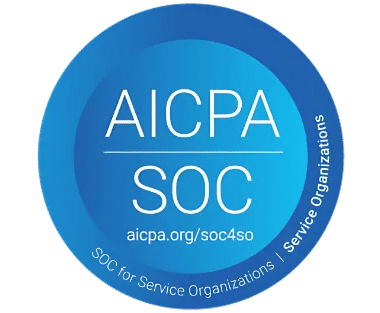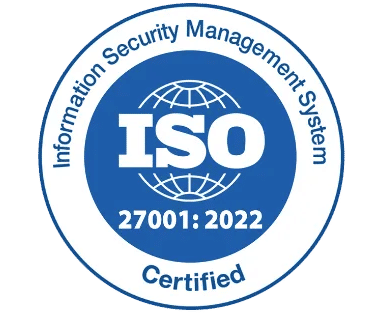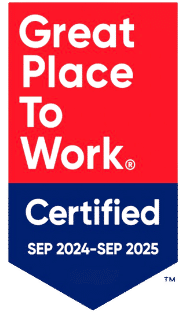Best Recruitment Strategies to Attract Top Talent in 2025

Finding the right people is important for a successful business. The best recruitment strategies, such as strong branding, data-driven insights, and smart technology, help companies stay ahead. Businesses that fail to adapt may struggle to attract and retain top talent.
What are the Best Recruitment Strategies?
Recruitment strategies are structured methods companies use to identify, attract, and onboard professionals. These methods ensure businesses bring in effective expertise while maintaining efficiency and fairness.
Did you know?
- According to Glassdoor, 70% of job seekers check a company’s reputation before applying.
- According to LinkedIn, 92% of professionals would change jobs for a better work culture.
These numbers show why companies need to improve their approach. A well-planned recruitment strategy not only attracts qualified experts but also builds a strong foundation for long-term success.
Benefits of Best Recruitment Strategies:
Implementing well-structured hiring plans offers numerous advantages:
- Higher Quality Hires – Reduces turnover and enhances productivity.
- Faster Hiring Process – Minimizes time-to-hire and improves efficiency.
- Better Fit for Roles – Ensures individuals align with company culture.
- Increased Engagement – Improves experience and long-term retention.
- Cost Savings – Reduces hiring expenses by lowering turnover rates.
Challenges in Implementing Best Recruitment Strategies:
Improving the hiring process brings many benefits, but organizations often encounter obstacles that make it difficult to attract and retain the right people. Here are some common challenges in best recruitment strategies:
Intense Competition – Many companies are searching for the same highly specialized experts, making it harder to secure the specialists. Employers must offer compelling opportunities to stand out.
Limited Skilled Workforce – Finding qualified individuals, especially in specialized industries, can be tough. A shortage of experienced specialists means companies must explore alternative ways to fill positions.
Unconscious Bias – Hiring decisions can sometimes be influenced by personal preferences, even without intent. This can lead to missed opportunities and a lack of diversity in the office.
Advancing Technology – The recruitment landscape is constantly changing with AI-driven tools, automation, and digital platforms. Keeping up with these innovations requires continuous adaptation and investment.
Changing Candidate Priorities – Qualified candidates now seek more than just a paycheck. They prioritize work-life balance, flexible schedules, career growth, and strong office culture. Employers must meet these expectations to attract and retain experts.
Addressing these challenges requires a proactive approach, a strong recruitment strategy, and the ability to adapt to evolving employee trends.
Why Best Recruitment Strategies Matter?
Finding the right people is more than just filling positions; it is about attracting, engaging, and retaining skilled individuals in a competitive market. Effective strategies help organizations build strong departments while improving efficiency and long-term success. Here is how best recruitment strategies make a difference:
1.Employer Branding: Build a Strong Identity:
A company’s reputation is crucial for attracting talented professionals. A positive image makes an organization stand out, appealing to those who align with its values and mission.
How to Strengthen Employer Branding:
- Highlight workplace culture through testimonials, employee stories, and office photos.
- Share success stories, milestones, and achievements on digital platforms.
- Enhance career pages with engaging descriptions, benefits, and growth opportunities.
A strong brand identity not only attracts the candidates but also fosters loyalty among existing department members.
2.Craft Role Descriptions That Engage and Inform:
A well-structured listing helps potential hires understand expectations and decide if the position aligns with their skills. Unclear or complicated descriptions can discourage the right people from applying.
Key Elements of an Effective Description:
- Clearly defined responsibilities to set expectations.
- Highlight career growth opportunities to spark interest.
- Include salary transparency—most people prefer direct details.
Pro Tip: Use engaging language such as ‘impactful,’ ‘growth-focused,’ and ‘innovative’ to enhance job postings.
3.Use AI for Smarter Talent Acquisition:
Advanced tools are changing the way companies find and select skilled workers. Automation speeds up the process, reduces bias, and improves decision-making, making it easier to connect with the right people.
How Technology Enhances Workforce Management:
- Automated resume screening filters high-performing applicants fairly.
- Smart chatbots answer common questions and keep candidates engaged.
- Data-driven insights assess skills, experience, and cultural fit before interviews.
By using intelligent tools, businesses can make informed decisions and create a smoother experience for everyone.
4.Employee Referrals – Tap into Trusted Networks:
Current team members can be valuable sources for finding high-quality applicants. Referrals tend to be more reliable and often result in faster onboarding.
Why Referrals Work:
- Referred candidates are hired 55% faster than those from traditional searches.
- They tend to stay longer, improving retention rates.
Ways to Encourage More Referrals:
- Offer bonuses, extra vacation days, or other incentives for successful recommendations.
- Recognize and reward employees who introduce valuable team members.
A strong referral program turns your employees into brand ambassadors, helping to attract capable talent.
5.Expand Outreach with Social Media:
Digital platforms provide a powerful way to connect with skilled individuals, especially those who are not actively searching but remain open to opportunities.
Platforms for Outreach:
- LinkedIn: Used by 90% of HR team members for networking and recruitment.
- Facebook and Twitter: Great for company branding and community engagement.
- Instagram: Ideal for connecting with younger audiences through creative content.
Effective Strategies:
- Share behind-the-scenes videos showcasing office culture.
- Engage directly with potential hires through comments and direct messaging.
A strong online presence helps corporations attract diverse talent while building relationships for future needs.
6.Improve Selection Methods:
Lengthy and complicated evaluations discourage applicants and may lead them to accept offers elsewhere. Streamlining the approach ensures engagement and reduces delays.
Ways to Enhance Efficiency:
- Limit evaluation rounds to two or three to respect applicant’s time.
- Use automation tools to schedule interviews and send reminders.
- Provide timely updates and feedback to keep candidates informed.
A structured approach improves the experience and helps organizations secure top capable professionals without unnecessary delays.
7.Offer Competitive Compensation and Benefits:
While salary plays a role in career decisions, individuals today also seek workplace benefits that enhance well-being and professional growth.
Key Benefits That Attract Skilled Professionals:
- Flexible work arrangements – Remote and hybrid options remain in high demand.
- Skill development programs – Learning opportunities encourage long-term commitment.
- Wellness benefits – Mental health support, gym memberships, and wellness initiatives make a difference.
Providing a well-rounded compensation package makes an organization more appealing and helps retain valuable employees.
8.Support Diversity and Inclusion:
A diverse team brings new ideas, boosts creativity, and improves company culture. Fair hiring practices create an inclusive office where everyone has the chance to succeed.
Ways to Promote Diversity:
- Use blind screening to focus on skills rather than personal background.
- Conduct structured interviews with standardized questions to reduce bias.
- Write inclusive descriptions that welcome individuals from all backgrounds.
Building a diverse team leads to better problem-solving, innovation, and long-term success.
9.Simplify the Application Experience for Mobile Users
Many professionals apply for roles using their smartphones, so companies must ensure submissions are user-friendly on smaller screens.
Practices for Mobile Optimization:
- Enable one-click applications to make submissions quick and easy.
- Optimize career pages for quick loading and easy navigation.
- Provide clear instructions to avoid confusion during submissions.
A seamless mobile experience helps companies attract more applicants and reduces drop-off rates.
10.Use Data to Make Smarter Decisions:
Hiring decisions should be based on data-driven insights, not assumptions. Monitoring key metrics helps organizations refine their approach and improve efforts over time.
Important Metrics to Monitor:
- Time-to-fill – Measures how quickly a position is occupied.
- Drop-off rates – Identifies points where applicants lose interest.
- Source effectiveness – Determines which platforms bring in the top talent.
Using analytics ensures organizations make well-informed choices and best recruitment strategies.
Conclusion:
Finding and attracting top talent is always changing. Companies that adopt the best recruitment strategies will stay competitive. By building a strong brand, using AI, engaging through digital platforms, and making smart decisions, organizations can create a skilled and future-ready team.
Struggling to find top professionals?
Implementing the best recruitment strategies can make all the difference. Our easy-to-use solutions help businesses hire faster and smarter. Get started with Book a free demo today!
Frequently Asked Questions
What are the best recruitment strategies for small businesses?
Small businesses can find skilled workers by using employee referrals, building a strong brand, and connecting with people on social media. These best recruitment strategies help attract the right talent without high costs.
How Can Technology Improve the Onboarding Process?
Smart tools make it easier to review applications, schedule interviews, and match candidates with roles. This speeds up the process and ensures a smooth, fair experience for everyone.
Why is branding important?
A strong company image helps attract skilled individuals while lowering hiring costs. When businesses showcase their culture and values, they stand out and appeal to the right people.
How do I make role descriptions more engaging?
Using clear and simple language, highlighting benefits, and adding powerful words makes job postings more appealing. A well-written description helps potential hires understand the role and its opportunities.
What are the top trends for 2025
The future of recruitment will focus on AI-driven selection, flexible work options, and a greater emphasis on diversity. Companies that adopt these trends will have an advantage in attracting top talent.










_svxLrd-8yH.png)

_2VYSFUTN5m.png)

_JiluXJRGNl.svg)

_2djTKNocf.png)





_Rapo0hRMBy.png)










